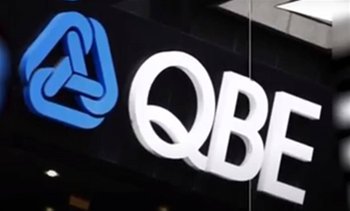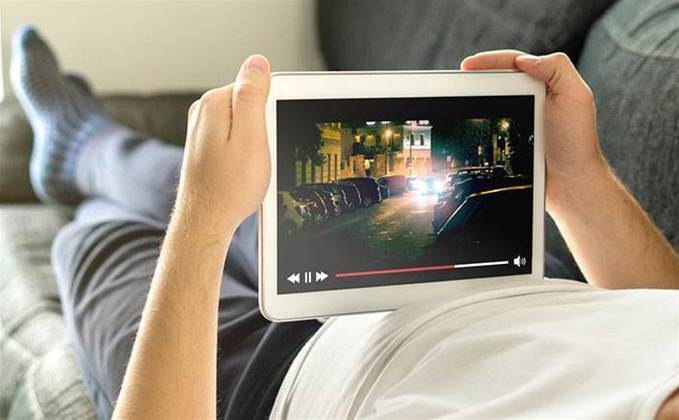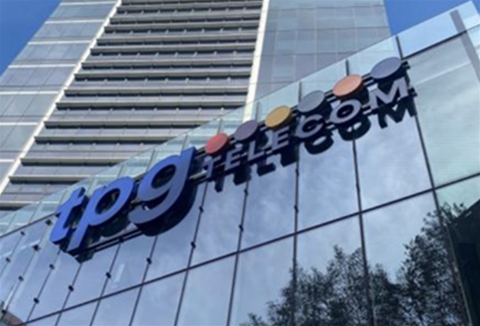QBE Moves Cyber Leadership to the United States
We independently review everything we recommend. When you buy through our links, we may earn a commission which is paid directly to our Australia-based writers, editors, and support staff. Thank you for your support!
QBE Insurance Group’s Tactical Shift in Cyber Leadership

Brief Overview
- QBE Insurance Group shifts its cyber security leadership operations to the United States.
- Jim Christianson is named the new chief digital security and resilience officer.
- The company is also seeking a director of cyber defence and operations based in Australia.
- This restructuring occurs after the exits of key figures such as Andrew Dell and Sonya Crosby.
Advancing Global Cyber Security Strategy
ASX-listed QBE Insurance Group has undertaken a strategic transition of its cyber security leadership to the United States. This initiative is designed to foster a more internationally-focused technology function, improving QBE’s ability to handle and reduce cybersecurity threats on a global scale. Veteran Jim Christianson, with over ten years of experience at QBE, has been designated as the chief digital security and resilience officer, signifying a new phase in QBE’s cyber security approach.
Leadership Change
This transition follows the resignation of former CSO Andrew Dell, who joined Microsoft earlier this year. Christianson, who initially filled the position temporarily, is now confirmed in the role permanently. His appointment signifies QBE’s dedication to enhancing its digital security and resilience through experienced leadership.
Emphasis on Local Expertise
To enhance its Australian operations, QBE is also in the process of hiring a director of cyber defence and operations based in Australia. This newly created position is intended for a CISO-level executive and will report directly to Christianson. The chosen candidate will be instrumental in spearheading strategic and operational cybersecurity actions across the organization.
Recent Leadership Developments
The reorganization of QBE’s cyber security department aligns with the recent departure of chief data and analytics officer Sonya Crosby. Currently, data management duties are being managed by Scott Wynne, a seasoned data expert, while the company seeks a permanent successor.
Conclusion
The transfer of QBE Insurance Group’s cyber security leadership to the US emphasizes its commitment to a global technology vision. The appointment of Jim Christianson as chief digital security and resilience officer, coupled with new recruitment efforts, showcases QBE’s proactive stance on cyber security in light of recent leadership transitions.











